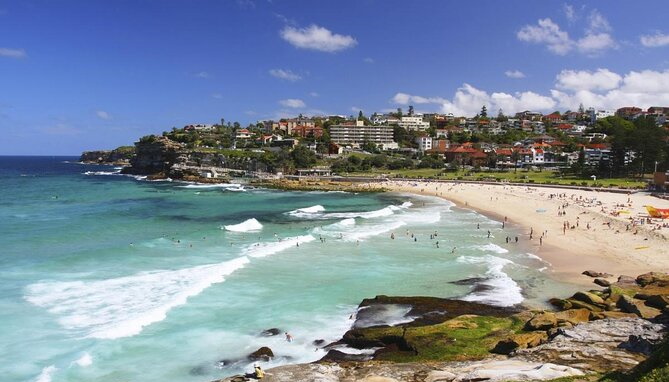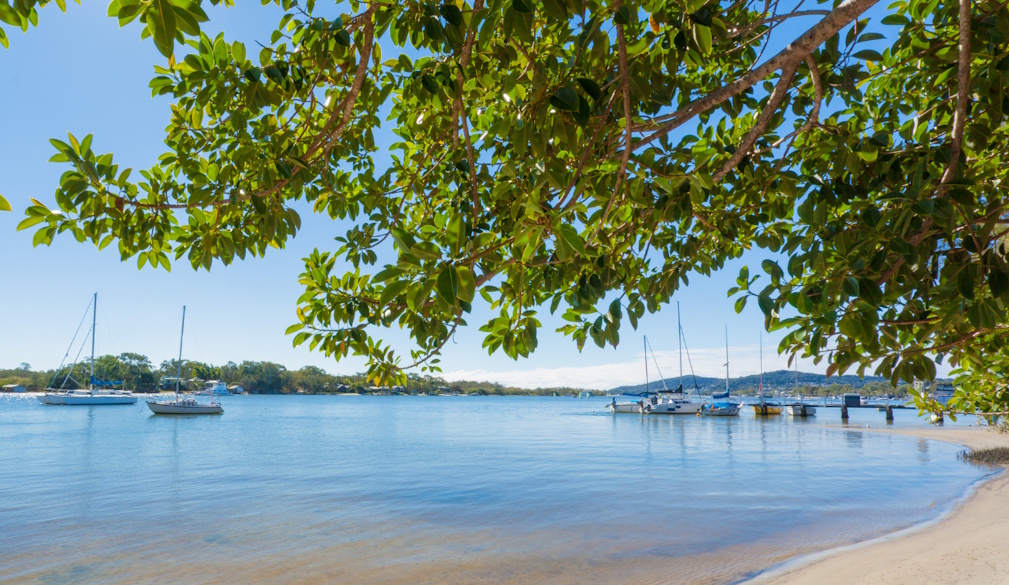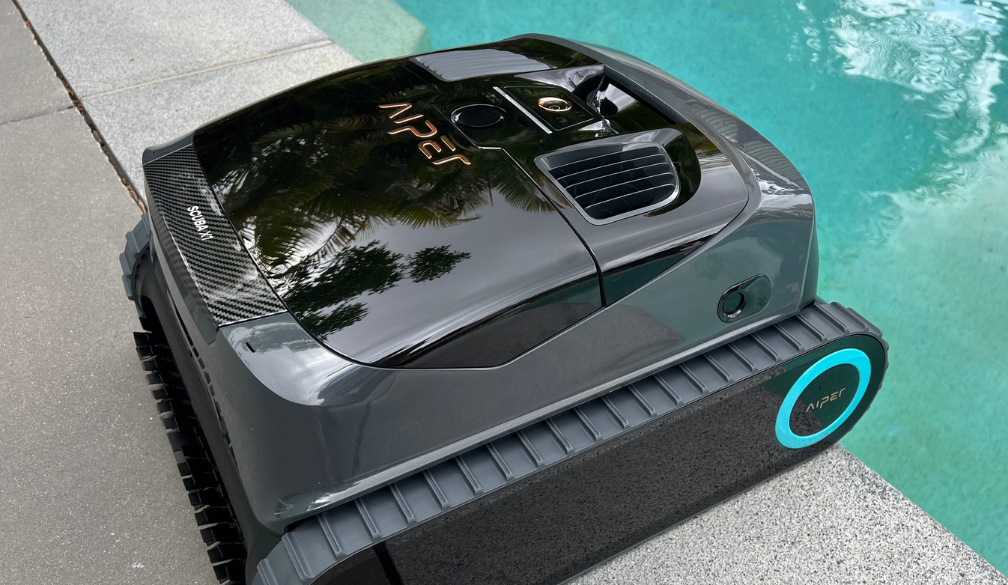Efficient Air Conditioning: The Case For Your Wallet And The Environment
- Written by The Times

The temperature in Australia can go as high as 51°C in summer. And humidity levels can rise up to 80 percent.
This means air conditioning is not a choice but a necessity in the country.
But does that also mean you've to pay a ridiculously high electricity bill every month and live with the guilt of giving off harmful CO2 to the environment every single day?
Well, not necessarily.
There are a few ways to make air conditioning efficient both for your pocket and the environment. In this post, we'll share how. Let's go!
The Impact Of Air Conditioning: Environmental Impact & Costs
According to a report, air conditioning contributes 1950 million tons of carbon dioxide annually. This makes up approximately 4% of global greenhouse gas emissions.
If we zoom into Australia's landscape, air conditioning alone is responsible for 11.5 percent of national gas emissions. At this rate, the ozone layer right above Australia is likely to develop newer holes in the next few decades — meaning your grandchildren won't enjoy a lifestyle as safe and healthy as yours.
Ozone Depletion
In 2019, the ozone hole right above Antarctica nearly recovered. There was still more recovery required but the overall situation was much better than that of the 1990s.
Here's a visual representation of what was happening:
However, Australia experienced massive wildfires during 2019 - 2020, which led to a new 1% blow in the ozone layer. Scientists estimate that it takes at least a decade for the ozone layer to recover 1% - 3% damage — but the ever-increasing greenhouse gas emissions (such as those from air conditioning) could stretch the process to several decades. And if more fires occur in between, recovery might even become impossible.
For residents of Australia, this means a greater UV radiation exposure, which leads to:
- Increased chances of skin diseases and skin cancer
- Weakened immune system
What’s more, UV radiations are not only harmful to human life. They can also lead to skin and eye cancers in animals, stunted growth of plants, and extinction of marine life. This means that the depletion of the ozone layer is threatening the entire ecosystem.
The Average Cost For Air Conditioning In Australia
Apart from causing damage to our health and the environment, air conditioning can also be heavy on the pocket. This is particularly true if you step into the market without proper research.
For general estimates, imagine you're buying an AC unit from a value-for-money reputed brand. You will be paying around $1700 - $5500 for a split system. Add installation service fee and it comes down to a total of $2500 - $6000. This is a one-time investment.
Now, using the air conditioner to cool a 40-sqm room will cost you approximately $4.50/day, which makes $135/month. Assuming there are three rooms you want to keep cool, you’ll have to pay an additional $405 on your monthly electricity bill.
Tips For Optimising Energy Efficiency In Air Conditioning
Now that you're well aware of the impact of inefficient air conditioning on the environment and your pocket, let's see what you can do to minimize the damage.
Proper AC Installation And Regular Maintenance
First of all, make sure to hire the services of AC installation experts, such as the Alliance Climate Control. If the ducts aren’t properly sealed or insulated, a lot of air can leak, making air conditioning inefficient.
Also, since leakage problems can develop later as well, ensure regular maintenance for the system. The experts will check for potential air leaks, clogged air filters, and all the other factors that may cause inefficient air conditioning.
Smart Thermostat Usage And Temperature Management
Keeping the thermostat extremely low at all times can waste a lot of energy. It’s best to set the thermostat to a moderate temperature, like 24 or 25 degrees. This will make you feel comfortable while saving energy.
However, if that’s something you can’t do, try smart thermostats. These temperature controllers use smart technology to adjust the temperature based on your routine. They can also detect when the room is unoccupied and stop the cooling.
Effective Insulation
When sunlight enters the room, the AC has to work extra hard to keep the room cool. This leads to a lot of energy waste, so blocking sunlight is a good idea.
You can use curtains, blinds, or any other shading device to keep the room sunlight-free. Also, minimize the use of heat-generating devices. These may include ovens, dryers, and dishwashers.
Harnessing Natural Cooling Methods
Perhaps the best way to optimize energy efficiency in air conditioning is to use natural cooling methods. Instead of running the AC all the time, open your windows and let air flow through the space. This will automatically lower the room temperature. You can also install ceiling fans to improve the air circulation and keep the room cool.























